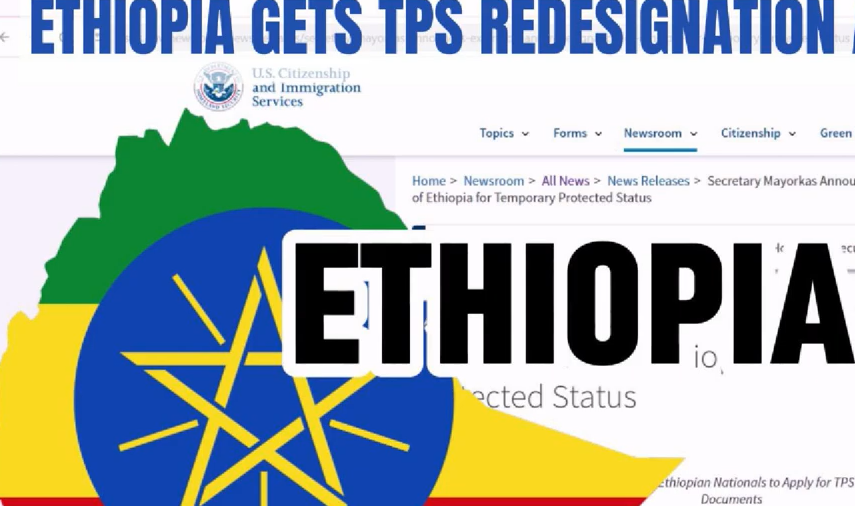Photos: YouTube
On August 2, 2022, President Joe Biden signed the CHIPS and Science Act of 2022 (“CHIPS” is an acronym for Creating Helpful Incentives to Produce Semiconductors). The over 1,000-page legislation is far reaching— touching most known cutting-edge aspects of science and technology today. The nearly $50 billion CHIPS price tag pays for numerous STEM (Science, Technology, Engineering, and Mathematics) opportunities for Black Americans whether one is an entrepreneur, an academician, a college or university student, or a pre-K-12 student.
However, perfect legislation is seldom—if ever—enacted.
The following are four clear concerns that we identify with the legislation:
• By explicitly choosing industrial (economic) winners and losers, the legislation reflects US weakness and vulnerabilities.[1]
• By incorporating a little more than a handful of references to “robotics,” the legislation does not highlight sufficiently, perhaps, the most important future STEM-related development[.2]
• While the legislation is filled with mentions (there are over 110) of opportunities for Black colleges and universities (otherwise known as HBCUs), these opportunities are largely nested in non-innovation-driven research, teaching, and scholarships, which are not entrepreneurial in nature. Further investigation revealed that HBCUs will likely benefit most from the legislation at the lower end of the STEM chain; e.g., offering training, scholarships, anddeveloping (research) capacity.[3] On the other hand, many White research universities will likely benefit from the legislation by producing innovations that may prove to be financially profitable. This scenario leaves HBCUs behind White colleges and universities in being able to obtain maximum benefits from Federal legislation.
• The legislation includes less than 30 references to pre-K-12 educational opportunities—most of which are associated with rural schools. By not emphasizing this fundamental part of the US educational system, the legislation does not address adequately, perhaps, the need to “infect” youth with the STEM “bug” early so that they envision and adopt a STEM career choice.[4]
A point that we can certainly make about the CHIPS legislation is that it sends a clear and strong signal concerning where the nation is headed in the near-term and until there are new technological breakthroughs that open new avenues for growth and development.
However, if past is prologue and future, then by the time Black Americans position ourselves to take full advantage of STEM- related economic opportunities, we are likely to find that the winds of change have blown again, and that the US economy is headed in an entirely different direction.
Black Americans must find a way to discontinue playing roles as follower and catch-up economic agents. Rather, we must develop a futuristic vision and leapfrog to a future where we serve as leaders and innovators who unearth and drive change.
Dr. Brooks Robinson is the founder of the BlackEconomics.org website.
References:
[1] The US Government has permitted plutocrats to engineer the nation into this position of weakness for the so-called “benefits” derived from outsourcing. Now that East Asia holds many of the keys to technological production, this effort comes. It is an effort to reimpose US supremacy in technology, which is intended to ensure the US’s superior military position. It is partially through military might that the US maintains its position as the world’s economic leader. However, the nation’s role as the world’s economic leader is tied by a thin cord to borrowed resources. For clarity, read the 2021 US Annual Financial Statement (Ret. 080122), which states that the US is on an unsustainable fiscal pathbeing $30 trillion in securities and loan debt (well over 100 percent of GDP); having another $5 trillion in other debt liabilities; and having another nearly $100 trillion in “contingent” costs (not labeled liabilities) due mainly to anticipated pension- and health-related social insurance expenditures over the next 75 years. Total financial assets are listed at less than $5 trillion.
[2] The lack of emphasis on robotics could be the result of plutocrats’ intentions to self-capture much of the wealth generating aspects of the increasing shift toward robots and robot-like technologies in the US and global economies
[3] A quick search of a STEM-related National Science Foundation Award (the Noyce Teacher Scholarship program; Ret. 080322) showed that HBCUs mainly benefited from awards in these categories of effort.
[4] Admittedly, the US Government may fund pre-K-12 STEM enhancement efforts through other (past) legislation. It is noteworthy that the US ranks 10th in the 8th grade math portion of the 2019 Trends in International Mathematics and Science Study with 64 countries reporting (see these results on pages 32 and 33, here, Ret. 080322).












